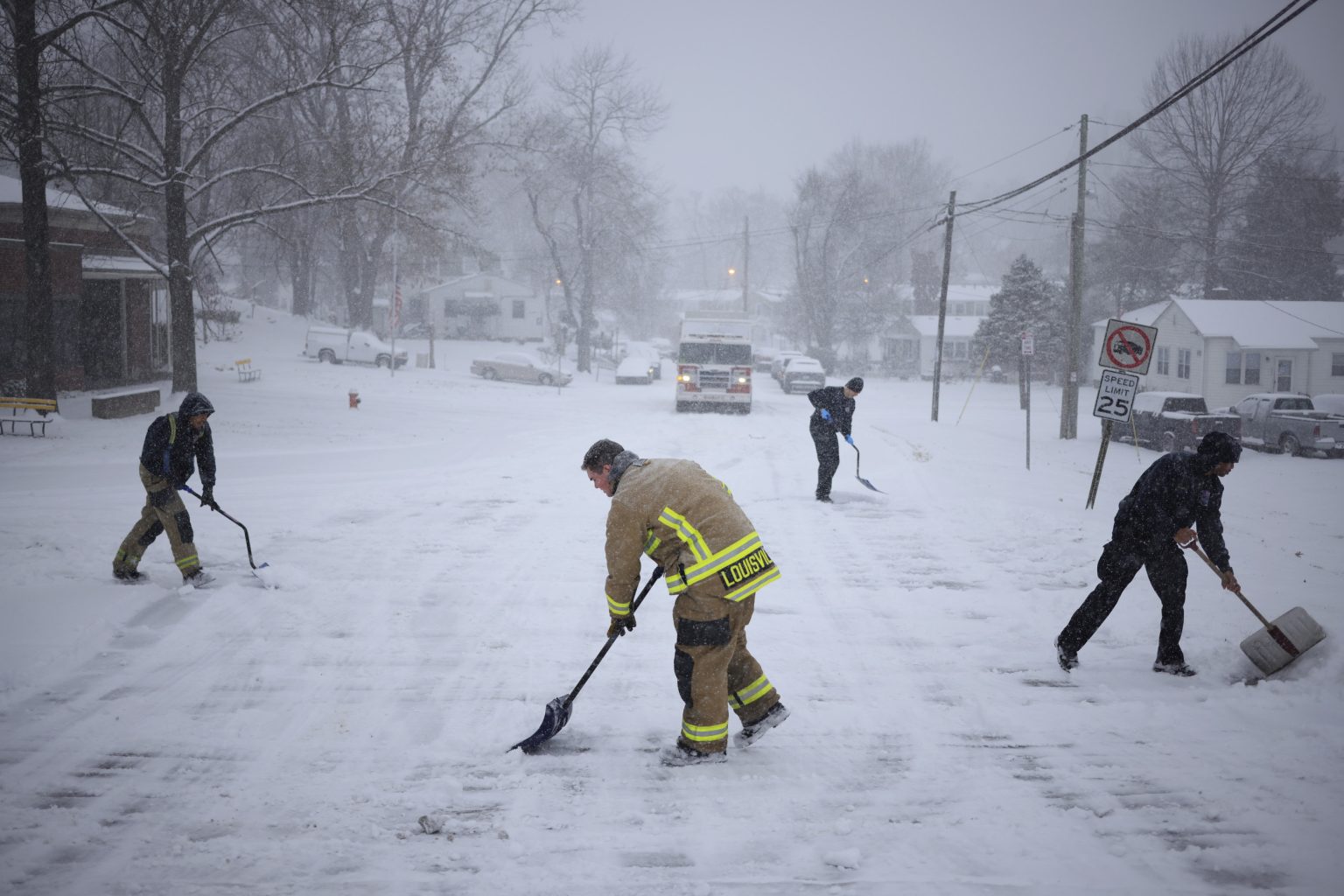A significant winter storm is sweeping across a large portion of the central and eastern United States, bringing with it heavy snowfall and dangerously cold temperatures. This weather event poses significant risks to travel and public health, particularly for vulnerable populations. Understanding the scope and potential impact of this storm is crucial for preparedness and mitigation.
The storm’s trajectory spans a wide swathe of the country, from central Kansas eastward to the Atlantic coast, impacting states as far south as Tennessee and North Carolina. Heavier snowfall is concentrated around the Appalachian region, with western Maryland and West Virginia predicted to receive up to a foot of snow. Significant accumulations are also expected in surrounding states, including Delaware, New Jersey, Kentucky, Ohio, and parts of New York, Illinois, and Indiana. The breadth of the storm’s reach is underscored by forecasts predicting some level of snowfall in 31 states, stretching from the Pacific coast to the Northeast, encompassing a diverse range of climates and terrains.
The heavy snowfall carries substantial implications for travel, particularly as people return to work following the holiday season. Hazardous road conditions are anticipated, increasing the risk of accidents and delays. Authorities are urging caution and advising against unnecessary travel if possible. Beyond the immediate travel disruptions, the plummeting temperatures following the snowfall pose a serious threat to public health. Sub-zero temperatures are forecast in many regions, especially those with fresh snowpack. These frigid conditions are particularly dangerous for vulnerable groups, including infants and the elderly, who are more susceptible to hypothermia and other cold-related health complications.
The National Weather Service (NWS) has issued winter storm warnings and winter weather advisories across 23 states, reflecting the severity of the weather event. Some areas are bracing for snow accumulations of up to three feet, highlighting the potential for significant disruption and the need for preparedness. The NWS is strongly emphasizing the importance of staying warm and taking precautions against the extreme cold. Public awareness campaigns are crucial in these situations to ensure that individuals understand the risks and take appropriate measures to protect themselves and their families.
This immediate winter storm is a precursor to a larger weather pattern anticipated for January. The Arctic polar vortex is projected to push frigid winds across much of the U.S., resulting in below-average temperatures, particularly in the eastern half of the country. This extended period of cold weather further underscores the need for proactive measures to ensure public safety and minimize the impact on vulnerable populations. Understanding the long-term forecast allows for better preparation and resource allocation to mitigate the effects of prolonged cold weather.
The convergence of heavy snowfall and extreme cold presents a significant challenge for communities across a large portion of the United States. The widespread nature of this winter storm demands coordinated efforts from weather agencies, public health officials, and local authorities to ensure public safety. Continuous monitoring of the storm’s progress, timely dissemination of information, and effective communication with the public are crucial to mitigating the risks associated with this significant weather event and the anticipated extended period of cold weather. The potential for further weather events linked to the polar vortex emphasizes the need for ongoing vigilance and preparedness throughout the winter season.

